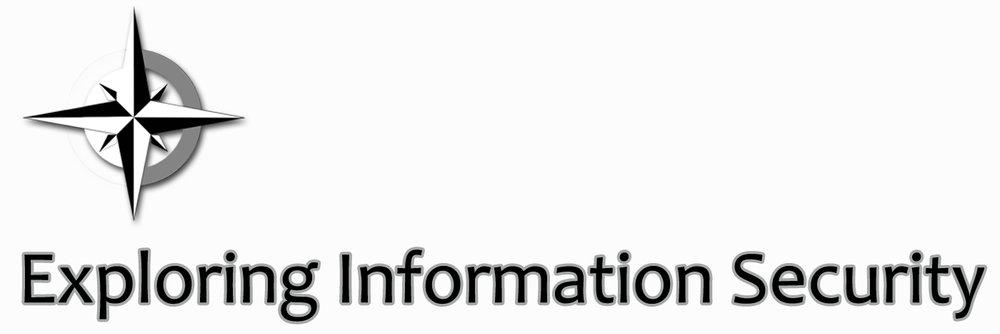In September 2024, the National Institute of Standards and Technology (NIST) released the updated Special Publication (SP) 800-50r1, "Building a Cybersecurity and Privacy Learning Program." This is an update to the 2003 NIST Special Publication (SP) 800-50, Building an Information Technology Security Awareness and Training Program. I hadn’t realized that there was a NIST publication on building a security awareness program. It’s good to see an update after 21 years! Here's a look at the key insights and recommendations from the updated publication. This was written with the help of ChatGPT.
Understanding THE Cybersecurity and Privacy Learning Program (CPLP)
Name Change! The document introduces the Cybersecurity and Privacy Learning Program (CPLP) as an overarching framework that includes awareness campaigns, role-based training, and workforce education initiatives. Aimed at fostering a culture of security and privacy, the CPLP is a strategic effort to manage risks and comply with federal regulations, such as FISMA. With privacy becoming a much bigger topic in the last 10 years, rolling it into an cybersecurity awareness program makes sense. This could cross multiple teams depending on how an organization is setup.
CPLP emphasizes awareness and education, incorporating role-specific training alongside general awareness activities, and focuses on encouraging behavior change to reduce risks and foster a culture of security. Continuous improvement is integral, with metrics and evaluations used to adapt programs to evolving needs.
The CPLP Life Cycle
NIST defines a four-phase life cycle for managing CPLPs: Plan and Strategy; Analysis and Design; Development and Implementation; and Assessment and Improvement. These phases involve developing a strategic vision that aligns learning objectives with organizational goals, identifying learning needs and creating tailored program designs, building or procuring learning materials and deploying the program, and measuring effectiveness while refining strategies based on outcomes. This iterative approach ensures that the CPLP remains dynamic and aligned with organizational needs.
Leadership and Organizational Roles
The success of a CPLP hinges on active involvement across all levels of the organization. Senior leadership plays a crucial role in providing strategic direction and resources, while CPLP managers oversee program design, delivery, and metrics. System users, on the other hand, are responsible for adhering to policies and participating in required training. Leadership participation, such as senior leaders engaging in training themselves, reinforces the importance of the program. Leadership buy-in is the first step to getting any sort of program off the ground. Heavily regulated industries are easier to get buy-in for than others.
Metrics and Measurements
Effective CPLPs rely on a mix of quantitative and qualitative metrics to evaluate success. Quantitative metrics include training completion rates, reductions in incidents, and compliance statistics, while qualitative metrics involve employee feedback, focus group discussions, and behavioral observations. NIST emphasizes using these metrics not just for compliance but to drive meaningful behavior change and demonstrate return on investment.
This section was helpful for thinking about what sort of metrics to have. One of the examples brought up is click rate which is a highly volatile statistic. A better statistic is report rate which is a positive behavior an organization wants to encourage within their population. The document doesn’t define what an organization should have for metrics but instead provides guidance.
Integrating Privacy into Cybersecurity Training
One of the standout updates in SP 800-50r1 is the seamless integration of privacy training into cybersecurity programs. It highlights the interconnected nature of these disciplines and the need for training to address both cybersecurity incidents and privacy risks, such as data re-identification or misuse. Teaching employees about privacy risks enables them to recognize potential problems and implement procedures that minimize such risks.
This is big within healthcare. Reports like the Verizon Data Breach Investigation Report show that the healthcare industry has higher internal threat actors due to mistakes and errors with handling information. This can lead to huge privacy implications for the organization.
Tailored Training for Diverse Audiences
CPLPs should be segmented to address specific needs. General users benefit from training on fundamental security practices, such as phishing awareness, while privileged access holders require advanced training on managing sensitive systems. Those in specialized roles undergo deeper training specific to their risks and responsibilities. Tailoring training ensures that it remains relevant and impactful for all user groups.
Easy to suggest much harder to do. A good starting point is what’s mentioned in the publication: all users; privileged access account holders; new employees; and staff with cybersecurity and privacy responsibilities. Tailored training should be broken down further into departments such as service desk and finance but this is a good starting point.
Focusing on Improvement Without Punishment
One of the critical takeaways from NIST SP 800-50r1 is the emphasis on using cybersecurity exercises, such as phishing tests, as opportunities for learning and improvement rather than punishment. The publication highlights the importance of informing employees that these exercises are conducted randomly and that the results will guide future learning activities. Such exercises should not be punitive, nor should employees be singled out for their responses. By framing these activities as learning opportunities, organizations can gather valuable data on vulnerabilities while fostering a supportive environment that encourages employee growth and engagement with cybersecurity practices.
A Culture of Learning
At its core, SP 800-50r1 promotes a culture of continuous learning and adaptation. From onboarding new employees to advanced training for cybersecurity professionals, the document underscores the importance of embedding cybersecurity and privacy awareness into organizational DNA. By viewing cybersecurity and privacy learning as an evolving process, organizations can be prepared for emerging risks and technologies.
Conclusion
NIST SP 800-50r1 offers a robust roadmap for organizations looking to strengthen their cybersecurity and privacy posture. For organizations aiming to enhance their cybersecurity and privacy programs, reading SP 800-50r1 is a great starting point. A focus on building culture and rewarding people will help change behavior and reduce the human element in incidents.
Explore the full NIST SP 800-50r1 publication here.

